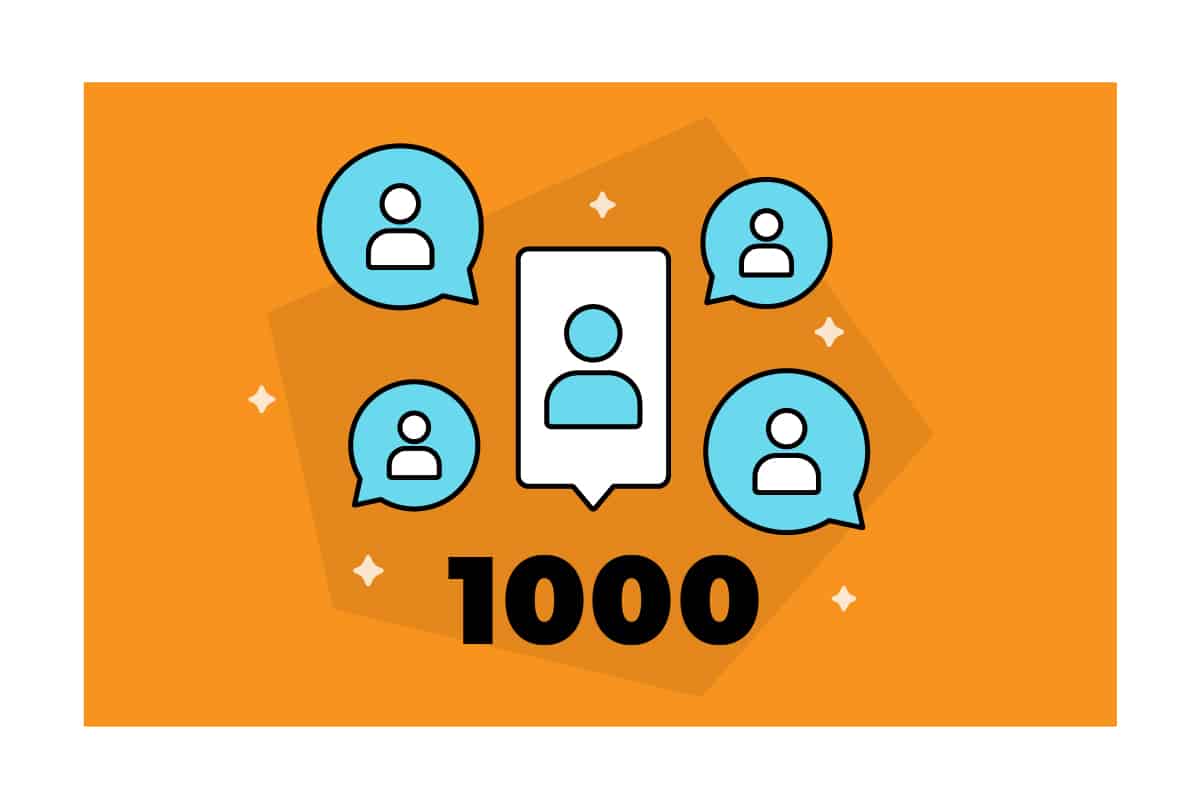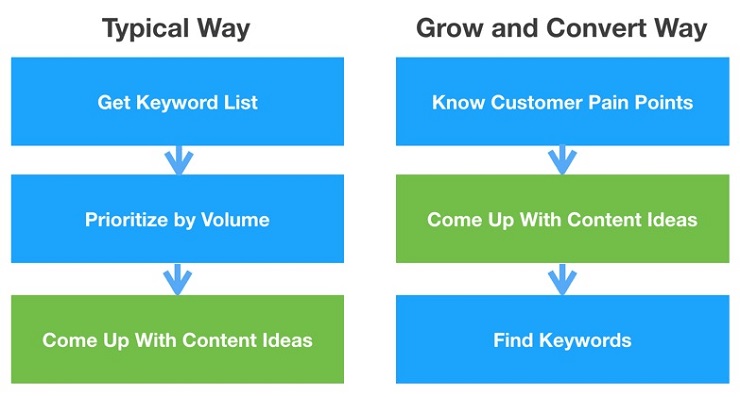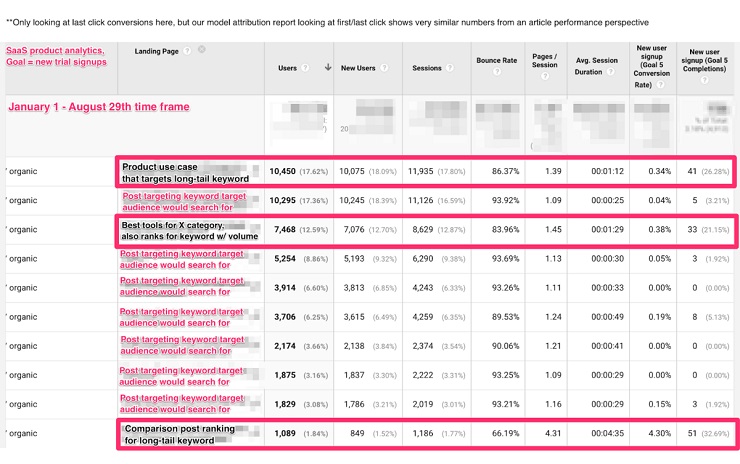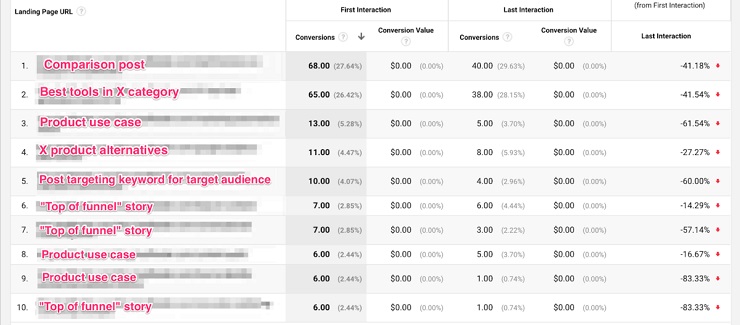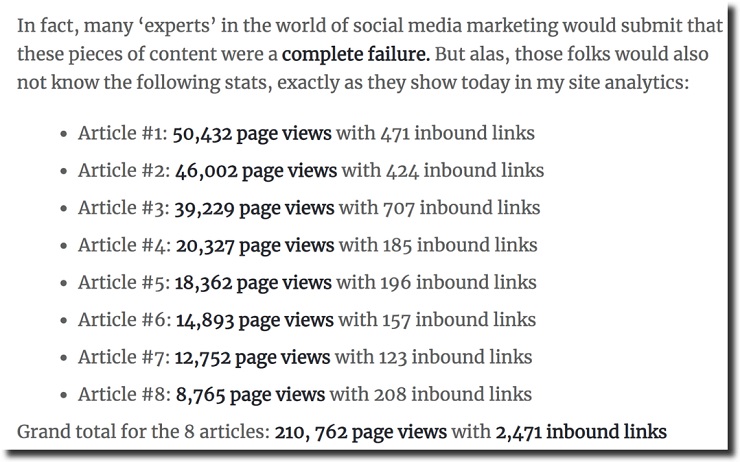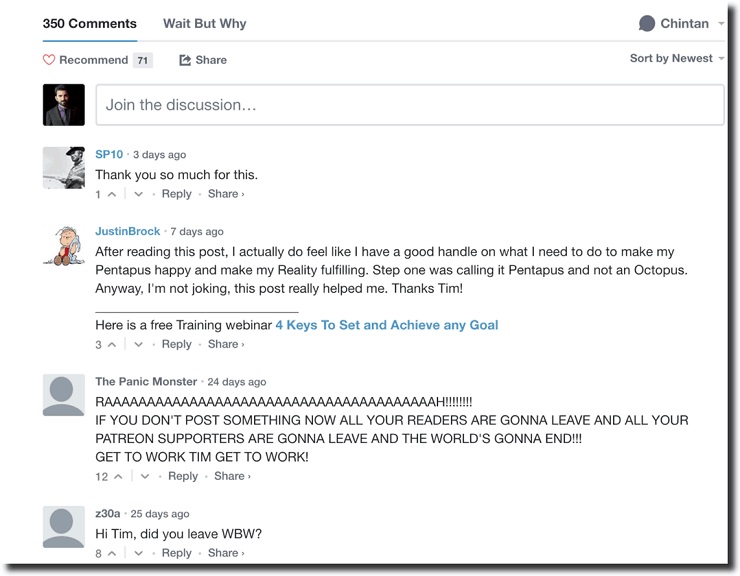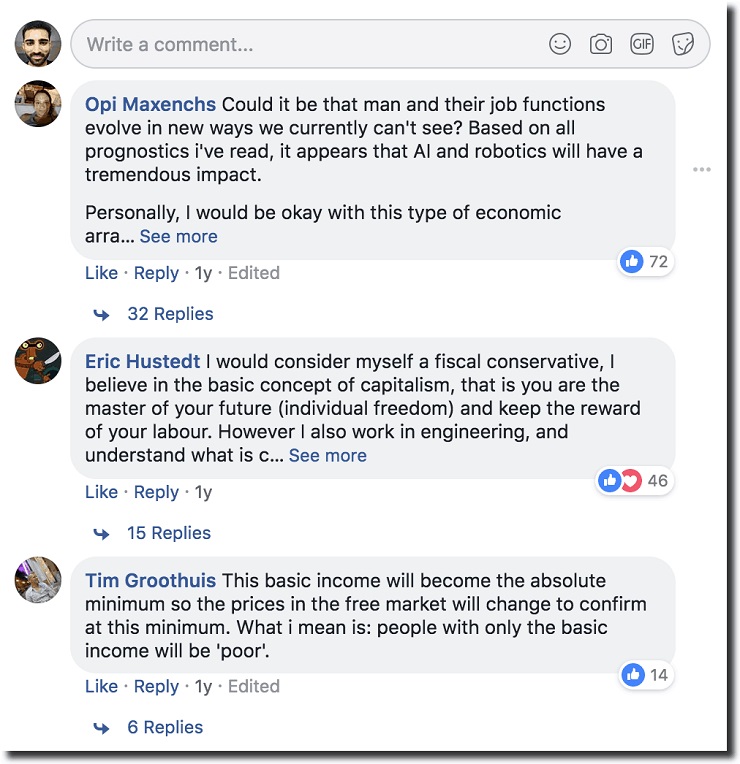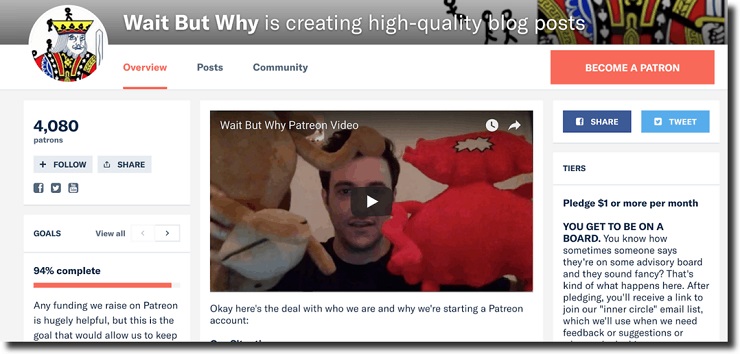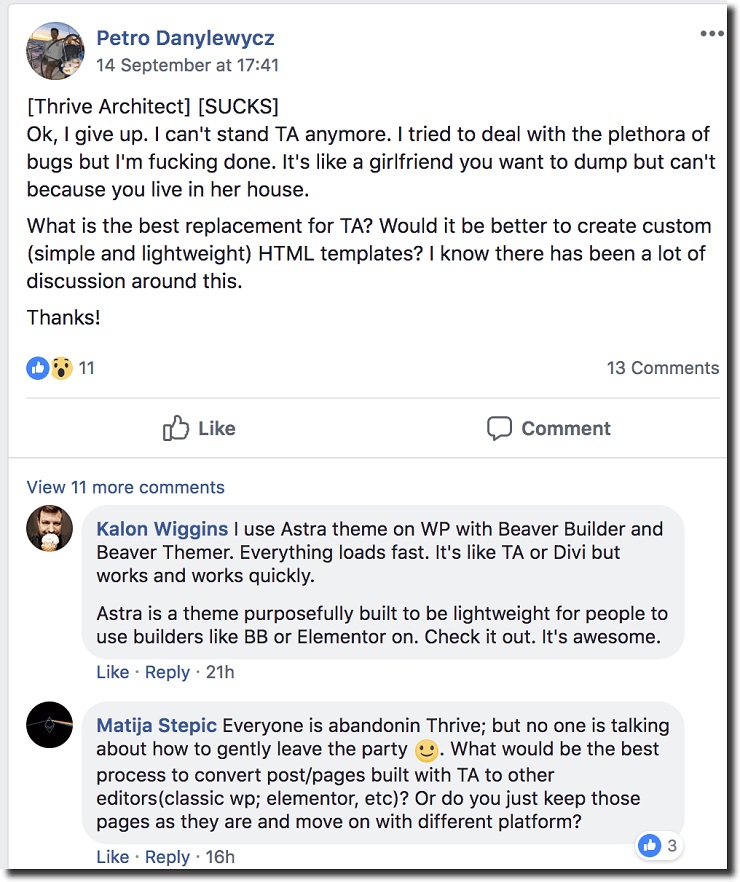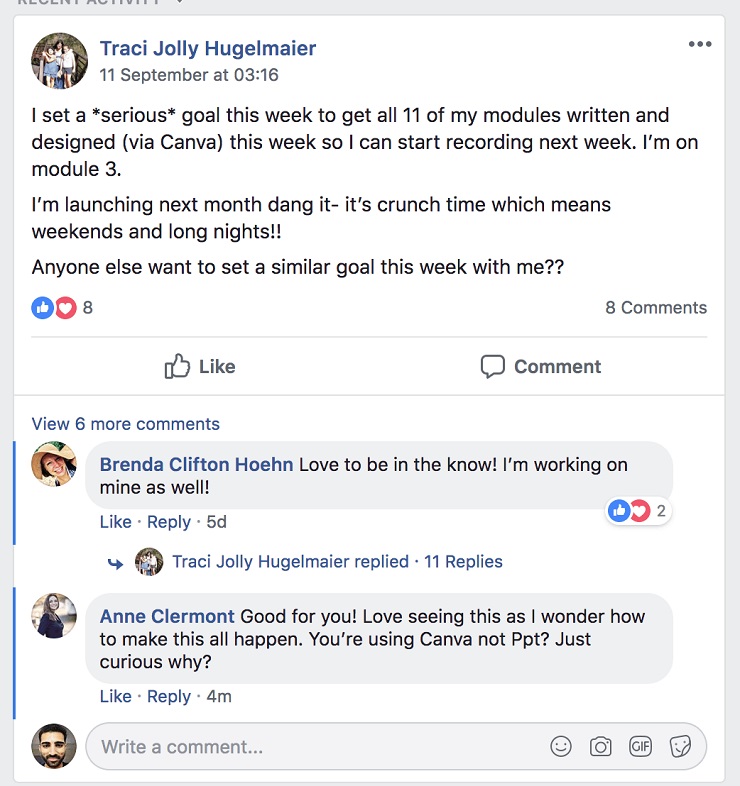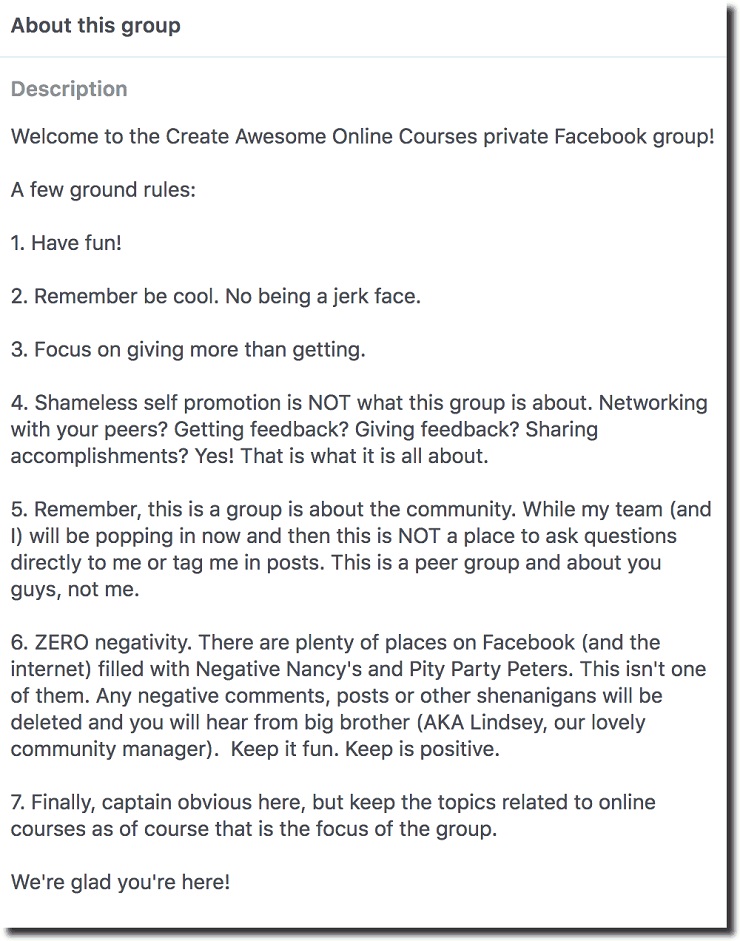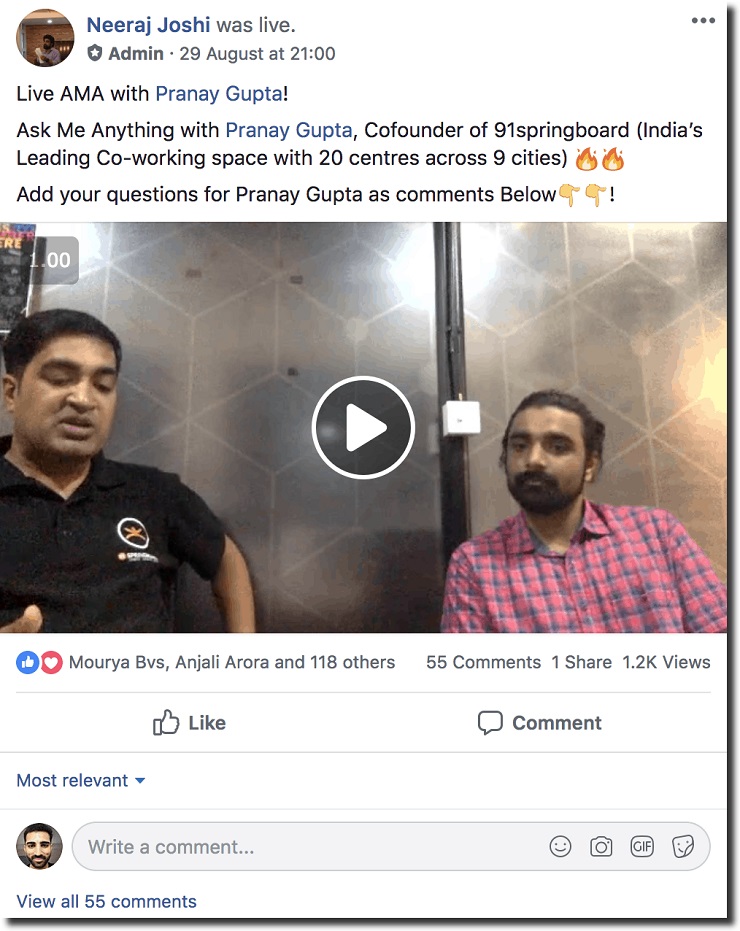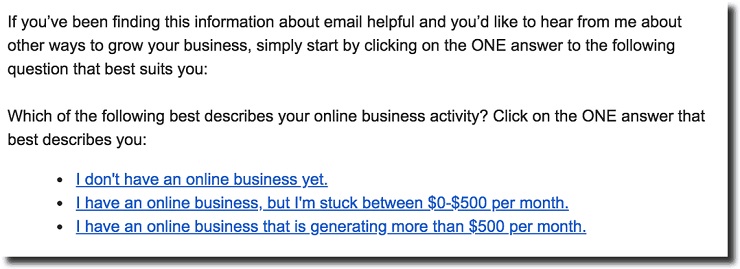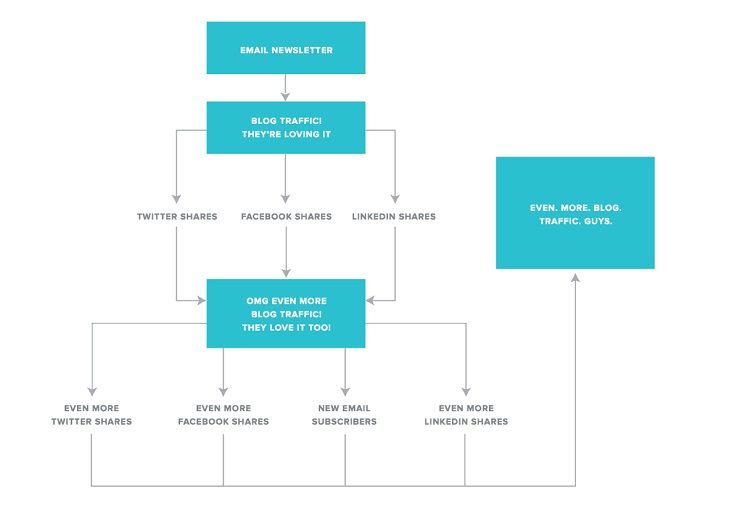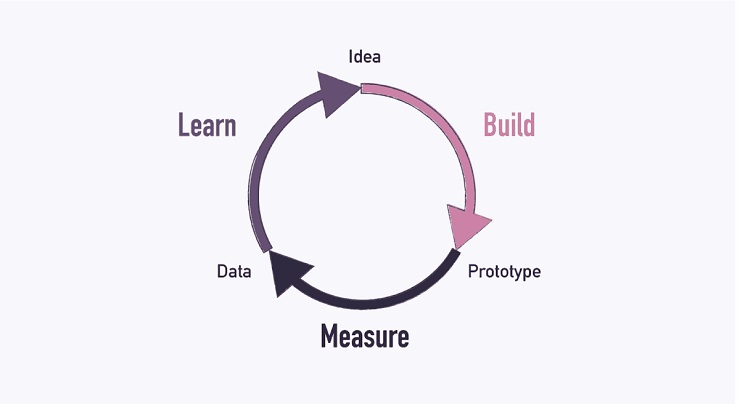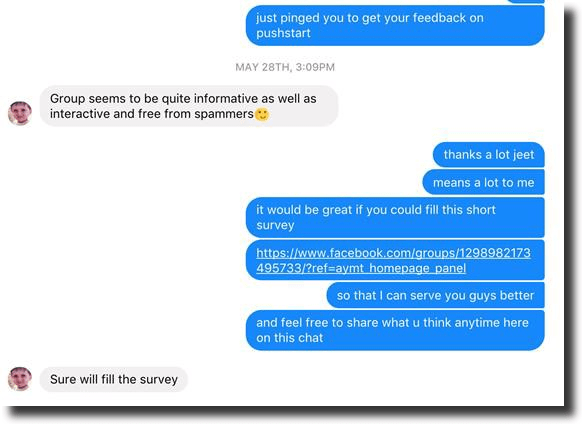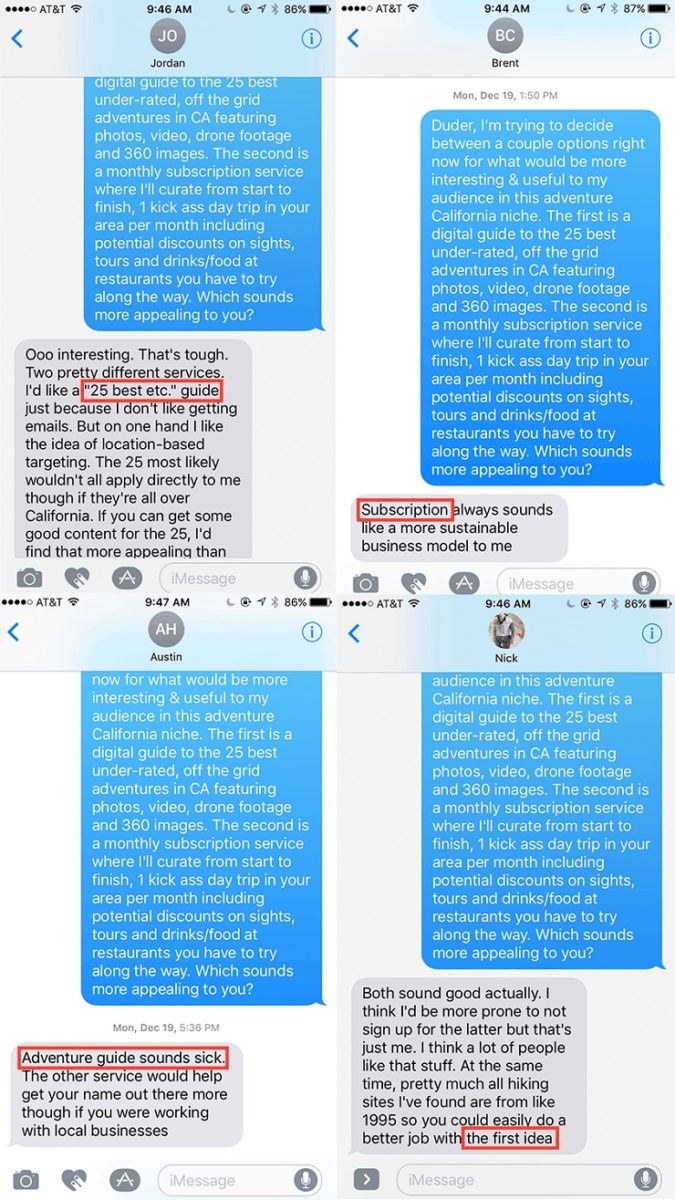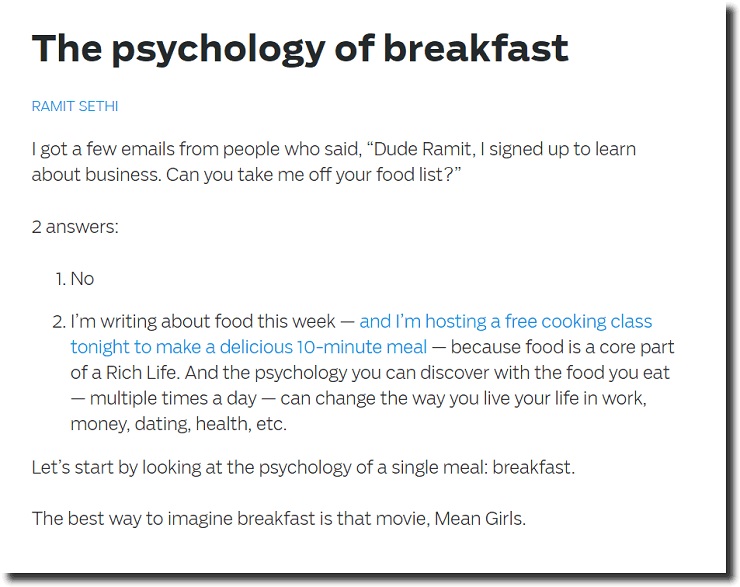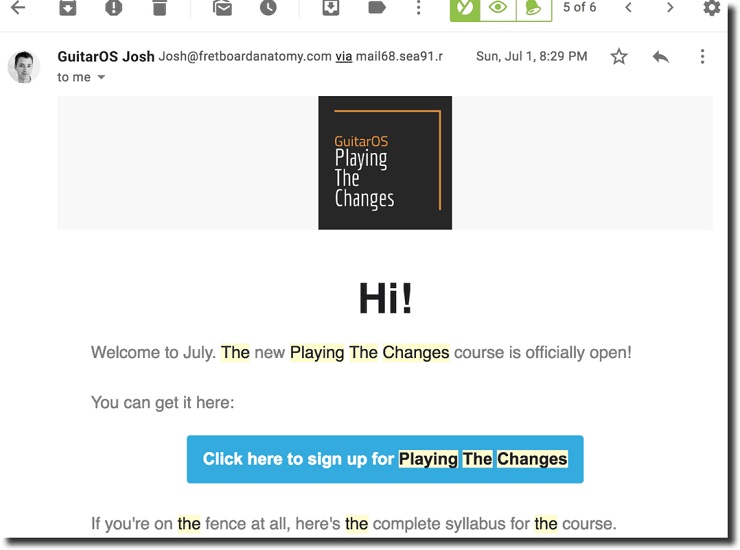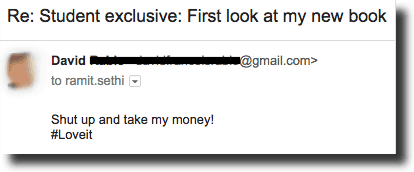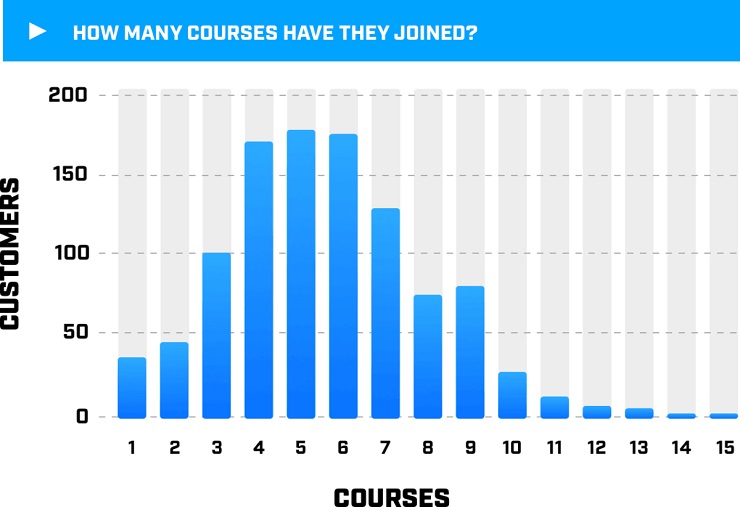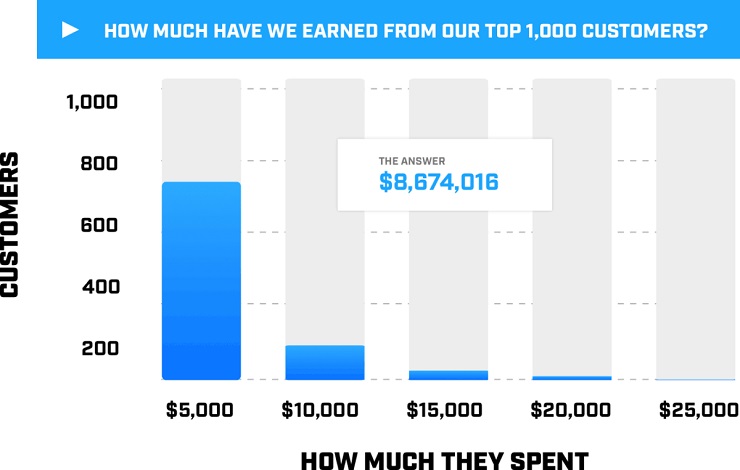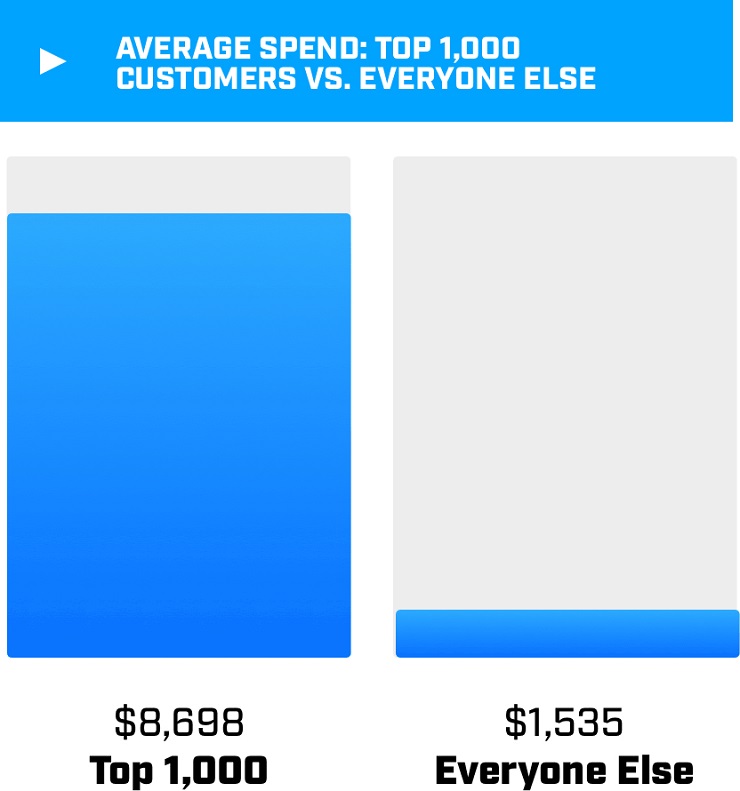Most entrepreneurs start businesses attempting to capture mass markets. But to create a sustainable, creative entrepreneurship project, all you need is a small number of raving, devoted customers.
As you may have heard a marketer say at some point, “The riches are in the niches.”
Let me show you three completely different examples.
Facebook started as an online directory for Harvard University students only (the headcount of the 2004 batch was 19,789 students).
The Unidays deals website, also targeting just students, generated £11.4 million ($15.1 million) in 2016. At one point, they were the ninth-fastest growing tech company in the UK.
Smartbox Dental Marketing specializes in online marketing for dentists, hardly a mass audience, and they are hitting $10 million in annual revenue.
Niching works, and these examples demonstrate that in a couple of ways. For one, there’s a strong path to success in starting small and narrow, and then building on that niche, sometimes to epic proportions. But also, there’s huge financial gains to be made merely by starting and sticking with a very specific audience.
Now, you might have a couple of doubts. How many customers are sufficient to run a business smoothly? What specific steps do you need to take to get started?
In this post, I’ll explore the concept of “1,000 true customers,” a helpful framework for finding success as a business by leveraging a niche audience, and explain what actionable steps you can take to find yours.
Here’s our very own Foundr CEO Nathan Chan on what it takes to build 1,000 true fans:
1,000 True Fans and the Snowball Effect
The concept of 1,000 true fans was coined in 2008 by Kevin Kelly, author, editor, and one of the foremost thinkers in the modern media and technology landscape.
Kelly proposed that, as a creator (musician, designer, artist, entrepreneur, app maker, and the like), you need merely 1,000 or so superfans to make a living. Unless, of course, you want to make a fortune.
Here’s how Kelly defines this audience:
A True Fan is defined as someone who will purchase anything and everything you produce. They will drive 200 miles to see you sing. They will buy the super deluxe re-issued hi-res box set of your stuff even though they have the low-res version. They have a Google Alert set for your name. They bookmark the eBay page where your out-of-print editions show up. They come to your openings. They have you sign their copies. They buy the t-shirt, and the mug, and the hat. They can’t wait till you issue your next work. They are true fans.
Later in the article, we’ll look at tangible business revenues that were generated almost entirely from a few thousand customers. However, let’s first look at how building a small community first can snowball your brand awareness.
The social media geeks at BuzzFeed have built a proprietary technology called Pound. It can show you how a piece of content spreads on the social web.
For instance, the technology found that a tweet from their account led to over 975,000 views on their article about a dress.
What’s worth noting is the snowball effect triggered across other social media platforms by the huge engagement on their Twitter community.
Sure, BuzzFeed is a huge brand with a broad reach; it’s not exactly a niche business. But the way this information cascaded far beyond any one social platform goes to show the tremendous potential in building a tightly knit and engaged community. Engagement leads to this type of ricocheting around various corners of the web.
Another example of this concept is author Tim Ferriss. In his video about creating content that sustains a career, he emphasizes the importance of finding your true fans that love your content. Ferriss started in a narrow niche and expanded topically as his readership grew, now with bestselling books ranging from entrepreneurship to cooking.
Convinced yet that 1,000 “true” fans is a legitimate model that you want to adopt for your business?
4 Simple Steps to Making a Living with 1,000 True Fans
To make a living as a creator, you don’t need to stockpile a million customers, go viral as a brand, or top the bestseller lists. You just need a good, core set of people who say “shut up and take my money” when you launch new products. Here’s how to get there.
Step 1: Revamp Your Content Strategy
Chance are, you don’t actually have a documented content strategy (barely 37% of B2B brands and 38% of B2C brands have it). If you do have a strategy, you might rely on hunting down low-competition keywords with a decent search volume.
The problem with relying on metrics like keyword volume (or social media shares, traffic, and subscribers) is they are just a means to an end.
We call these vanity metrics, which look good but don’t directly affect your bottom line. What’s a more refined strategy?
Instead of trying to attract a wide group of prospects that would “like” your content, you want to appeal to a select few. From the very start, your goal is to home in on your “true” fans who will actually hit the “buy” button.
This strategy involves truly understanding beliefs and pain points. A practical example is Grow and Convert’s pain point SEO content strategy. It turns the typical way of relying on keywords upside down.
Instead of trying to attract high traffic with high-volume keywords, they target phrases with high purchase intent.
They begin with their customer pain points and use them to come up with content ideas. Then they find the relevant keywords.
Source: Grow and Convert
As they get in the customer’s shoes before creating content, they see high conversion rates for their blog posts.
For SaaS and service businesses, it’s an effective strategy to generate more product signups. Here’s a sample Google Analytics screenshot from one of their clients (look at the articles resulting in product signups).
Source: Grow and Convert
Notice that even though the first two posts get almost the same amount of traffic, there’s a significant difference in their conversion rates (0.34% vs. 0.04%). The reason is that the intent of the second post doesn’t closely tie into the need or value that their product offers.
Also worth noting is the highest converting post, at 4.30%, surprisingly has the lowest volume of traffic.
The Grow and Convert team found “zero search volume” for this long-tail keyword using multiple tools like Ahrefs and Moz. However, it had a high buying intent as it’s a comparison post targeting competitive products.
In the screenshot below, you can see the top-converting blog posts based on their type.
Source: Grow and Convert
Another example of targeting customer pain points comes from River Pool Spa. Their founder Marcus Sheridan has a simple approach to content marketing: “They Ask, You Answer.”
On his fiberglass pool company blog, he regularly answered the frequently asked questions by his target audience. If you go by social media performance, most of his blog articles were faring poorly with only a handful of likes and tweets (they are vanity metrics, remember?).
However, when he reviewed their performance in his site analytics, here are the inbound links and page views they were bringing.
In fact, from the above eight articles alone, Marcus was able to attribute $2 million in sales.
The last example is of a solo content creator, Ben Thompson. He didn’t create a fuss about starting alone. Instead, he built the publishing empire Stratechery the niche way.
In the beginning, he offered his shorter posts for free on his website. And for $100 per year, he offered a paid newsletter containing longer, analytical blog posts.
Within six months, he had 1,000 paying subscribers (it translates into annual revenue of $100,000). Stratechery again shows the importance of serving the kind of content your raving fans will love.
Click Here To Get Free Instant Access To 28 Proven Marketing Strategies For New Startups!
Step 2: Build an Engaged Community Around Core Problems Your Products Solve
What if creating targeted content is not sufficient to recruit your true fans? Well, you need to build a community that drives conversations around your product.
A great example is Wait But Why. They get a terrific amount of engagement for every blog post they publish.
Indeed, even on their Facebook page, they receive in-depth comments.
Now, you might point out that Wait But Why is a global viral movement with millions of page views. However, to keep their blog ad-free they have about 4,000 paying Patreons monthly.
Indeed, you can also look around the discussion section of other successful blog businesses like Backlinko, Smart Blogger, and Scott H. Young. They have raving fans that take the time to drop lengthy comments and participate in meaningful interaction.
One actionable way to build a community is to start a Facebook group for the buyers of your product.
I’m currently a member of multiple such course communities. Two of them stand out when it comes to meaningful discussions: Authority Hacker Pro (AHP) and Create Awesome Online Courses (CAOC).
AHP consists of a thriving community of marketers building authority sites. The founders, Mark and Gael, no longer chip in for every conversation. Instead, you’ll see such relevant authority website discussions sparking engagement between the passionate website-building community.
Similarly, the CAOC group also sees terrific engagement from its customers.
To create such a thriving community, you need to set the right conditions by detailing your rules and etiquette in the about section. Here’s CAOC description:
Note how CAOC keeps the discussions strictly relevant to their product, which helps to build online courses. Also, they have banned self-promotion and negativity.
Facebook groups are also a terrific way to survive the Facebook organic reach demise.
When it comes to maintaining regular engagement, Neeraj Joshi provides a great example with one of India’s most active startup Facebook groups. He recommends providing a lot of value to your community, so that word of mouth kicks in.
Once you get the ball rolling, you can keep the members engaged through weekly AMAs with experts, live video sessions, and consistently soliciting feedback.
Building a community could also mean building an email list. To serve them super relevant content, you can segment them into buckets. Depending on your email service provider, it can be as easy as getting your subscribers to “click” on the link relevant to them in an email.
Here’s the simple question that Pat Flynn uses to understand his new email subscribers.
Once you click on one of the above three links, Pat will present you with relevant resources for your current stage.
If you succeed in building an engaged email list, the newsletter can even lead to a “waterfall of engagement.”
Click Here To Get Free Instant Access To 28 Proven Marketing Strategies For New Startups!
Step 3: Talk to Your Fans, Then Deliver Value and Solicit Feedback
You’ve probably heard of the lean startup model. It involves an iterative feedback loop:
When building a community, you need to follow the same principle, understanding the needs of your members and evolving your offerings.
At Pushstart, Neeraj had conversations with the initial members that were active in the group. He conducted surveys soliciting feedback and trying to retain these engaged members.
He even asked for referrals to grow the community.
If you have already built an email list, your email marketing suite will show your active subscribers. You can talk to them directly to reflect on your product ideas.
In another example of this, Ryan Robinson validated his online course by meeting and interviewing a handful of his local and most engaged subscribers. When he launched an email list for his new project, he sent text messages to his friends, and signed up interested people.
Using these sign-ups, he launched a 30-day product validation challenge and asked for the most appealing product ideas from these friends through text messages.
And guess what happened once he settled on building a product? He even got pre-orders!
This shows the importance of getting early feedback from your community members. Sometimes, in fact, your true fans (and prospective customers) might not see the value in your product.
Does that mean you need to dump your idea?
Well, if you really feel like it can turn into a valuable product for your audience, then you should attempt to work on your positioning a little before walking away. You need to find out the exact words that your audience uses and how your idea fits into their pain points, hopes, dreams, and fears.
For example, Ramit Sethi is an entrepreneur focused on building products that help to create a “rich life.” His audience consists mainly of entrepreneurs and high-level executives. So when he started writing about his experiments with food and announced a cooking product, it raised a few eyebrows. His subscribers wanted to get off of his “food list.”
Here’s how he reframed food using psychology and showed its relevance and value in the lives of his audience.
Another example comes from fitness coach Nagina Abdullah. Based on her customer research, she made a simple tweak in the copy that described her website. She modified “healthy flavorful food” to “easy weight-loss for ambitious women.”
The result was an influx of email subscribers.
Eventually, she interacted with her subscribers and offered them one-on-one coaching. With an email list of 5,000 subscribers, she was able to make $100,000 in a year.
Step 4: Create More Products for Existing Customers
So you created content for your “true” fans. Then, you built a thriving community. Next, you solicited feedback to launch a product. You’re job is still not done.
After you create a successful product, you can’t ignore a crucial growth channel: retention.
See, the cost of acquiring new “fans” to invest in your brand is much higher than retaining your existing customers. From your existing customers, a few would likely show extra love.
They will engage with your product and derive stellar results for themselves. You can’t let them go away. You need to find new opportunities to add more value to their lives.
For example, I completed the “Practical Theory on Guitar” course by Josh Frets and loved it. When he mentioned creating a new course that builds on that one, I was thrilled. As soon as he launched the new “Playing The Changes” course, I was among the first to sign up.
If you want an example bigger than my own experience, Ramit Sethi has built 18 successful products in the last 11 years. How?
Mainly by serving his existing customers and converting them into repeat customers.
He has a few raving fans that are so in love with his brand that they don’t even need to be sold. They are ready to pay him as soon as he pitches his products.
Ramit also took his audience behind the scenes and showed them how a few of his top customers are members of multiple courses.
Source:Growth Lab
His top 1,000 customers have spent an average of $8,600, thereby, resulting in a revenue of over $8 million.
These raving fans dwarf the amount of investment made by his one-off “regular” customers.
When he broke down how his business did $5 million in one week, his dedicated group of “true” fans outperformed other prospects. Just look at the vast difference in the conversion rate.
Click Here To Get Free Instant Access To 28 Proven Marketing Strategies For New Startups!
Focus on True Fans, and the Rest Will Fall Into Place
You don’t need 100,000 fans to build a successful and sustainable business. It’s possible to generate $10,000 in revenue from a super-targeted group of followers. For your business, that may be 1,000 true fans. It could be more, could be less.
Just don’t fall for vanity metrics. It’s important to understand your “true” fans and add value to their lives. It’s even possible to generate millions of dollars if you continue to scale and serve these fans.
Are you a “true” fan of any brand? How do you plan to implement 1,000 true fans in your business? Let me know in the comments.
